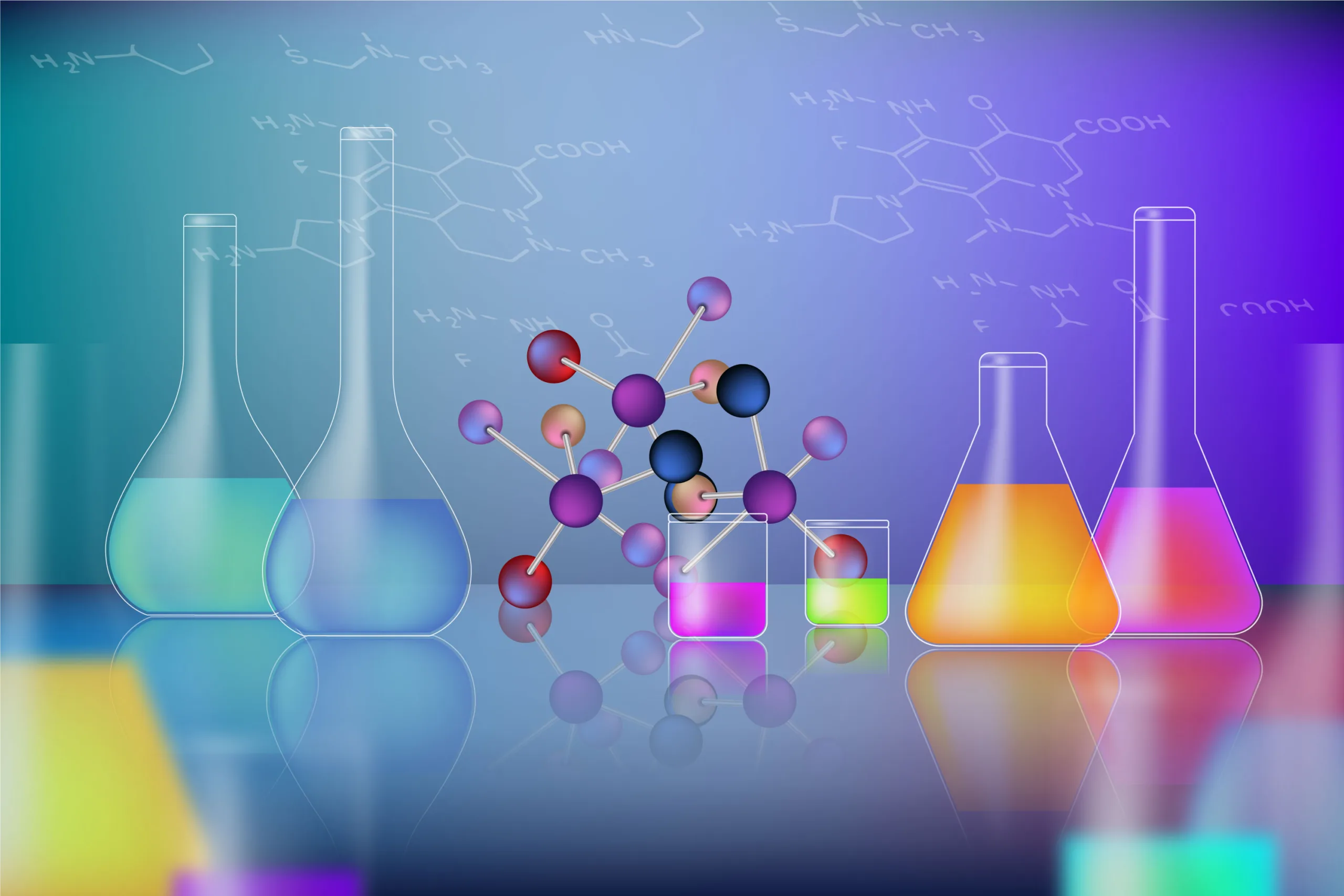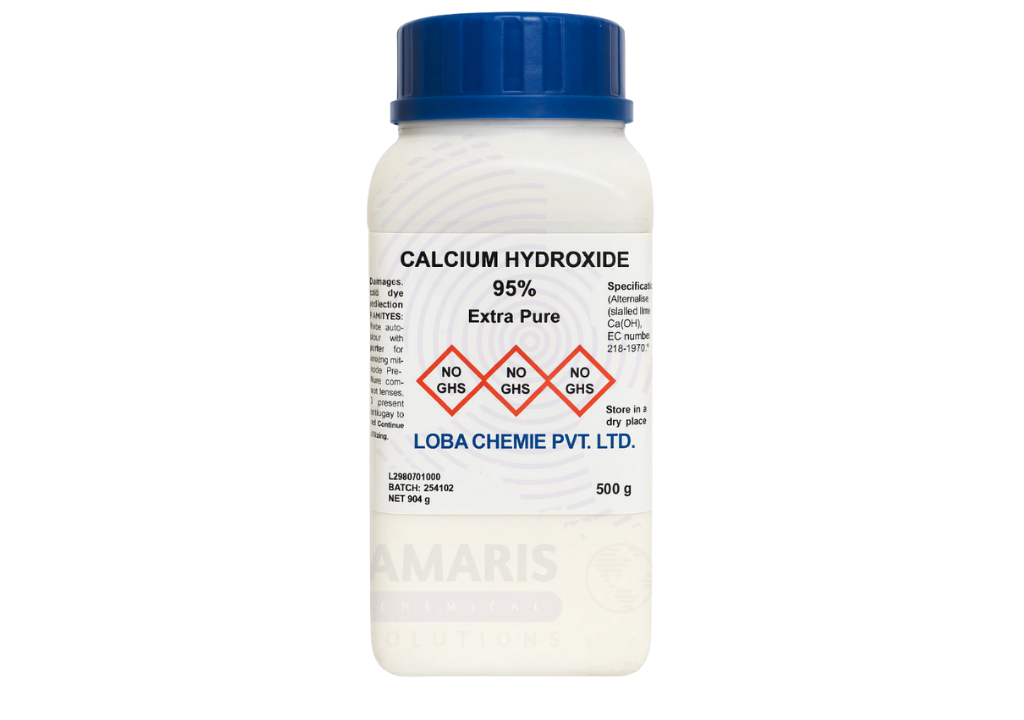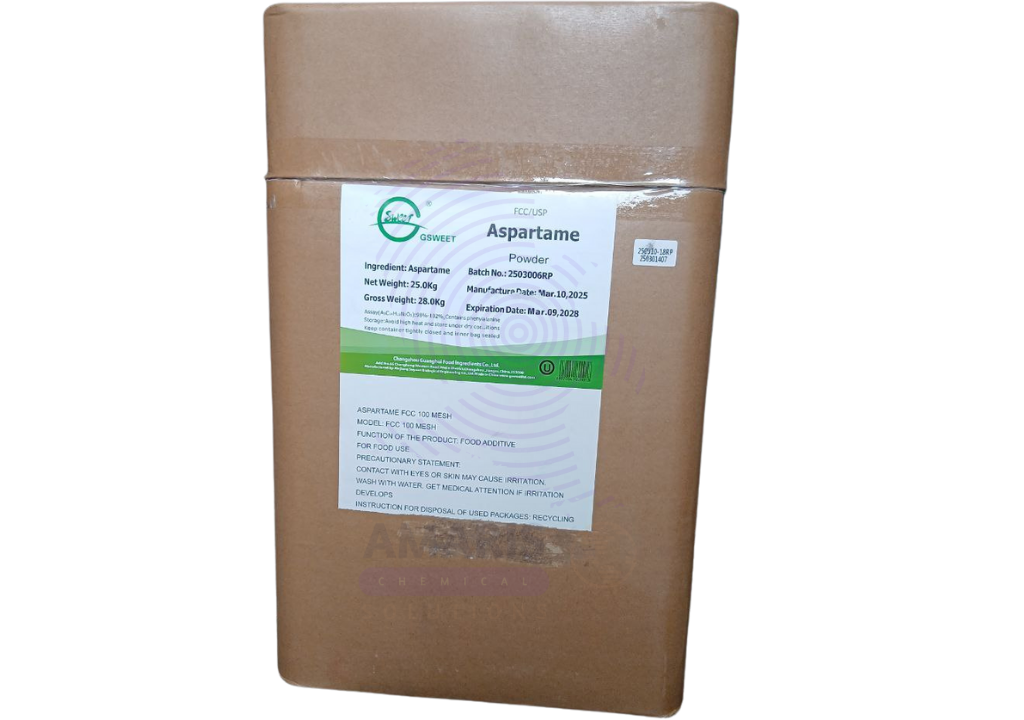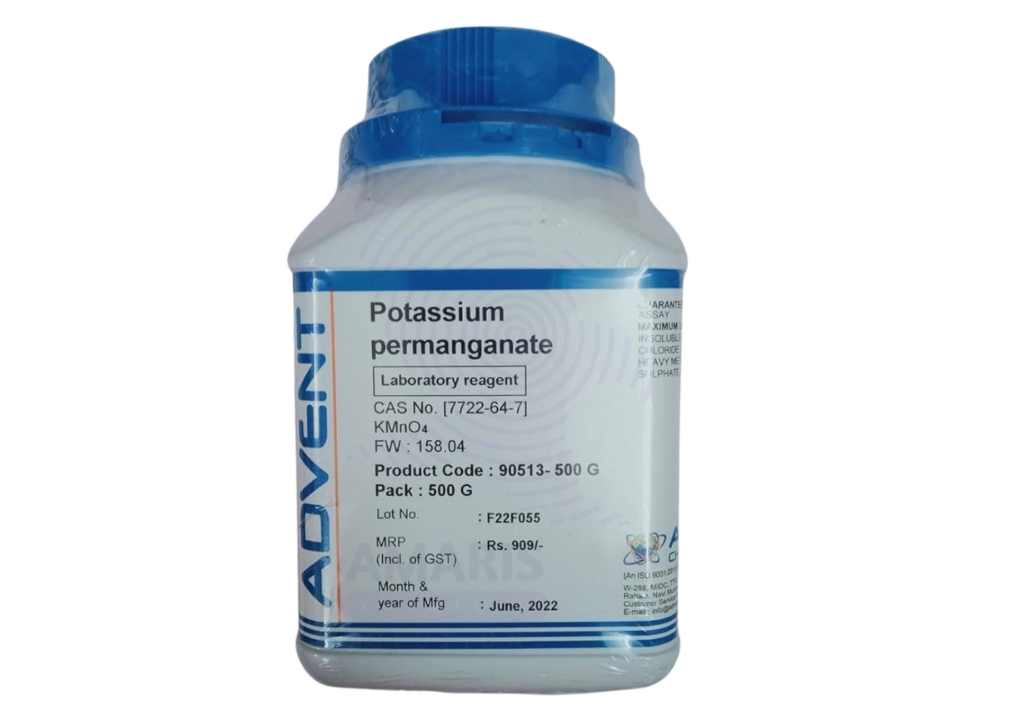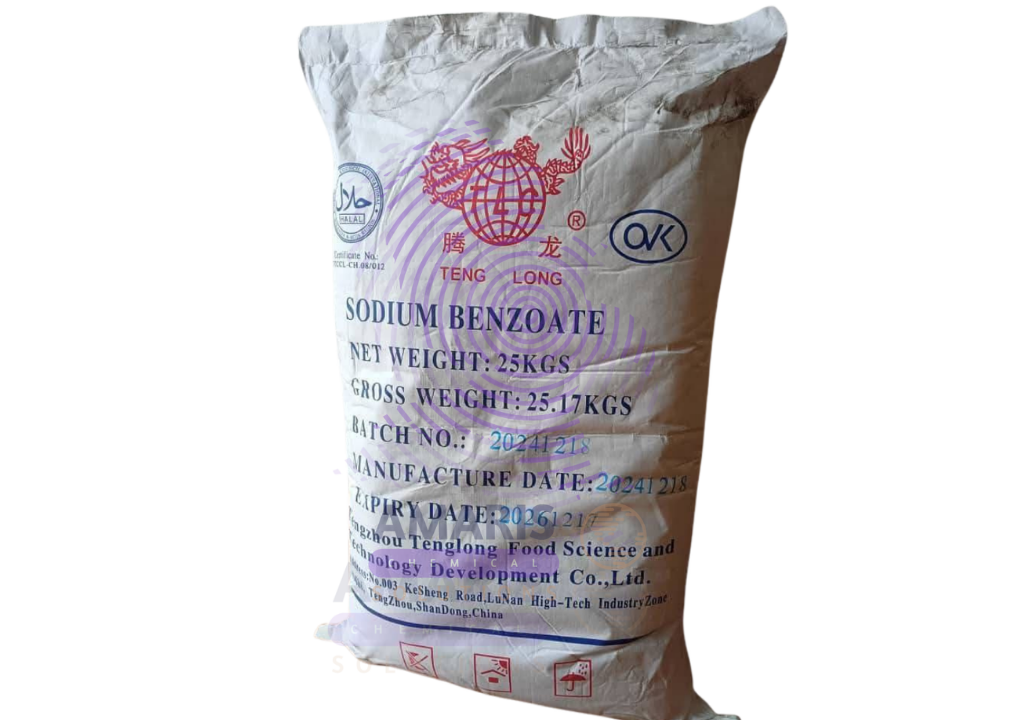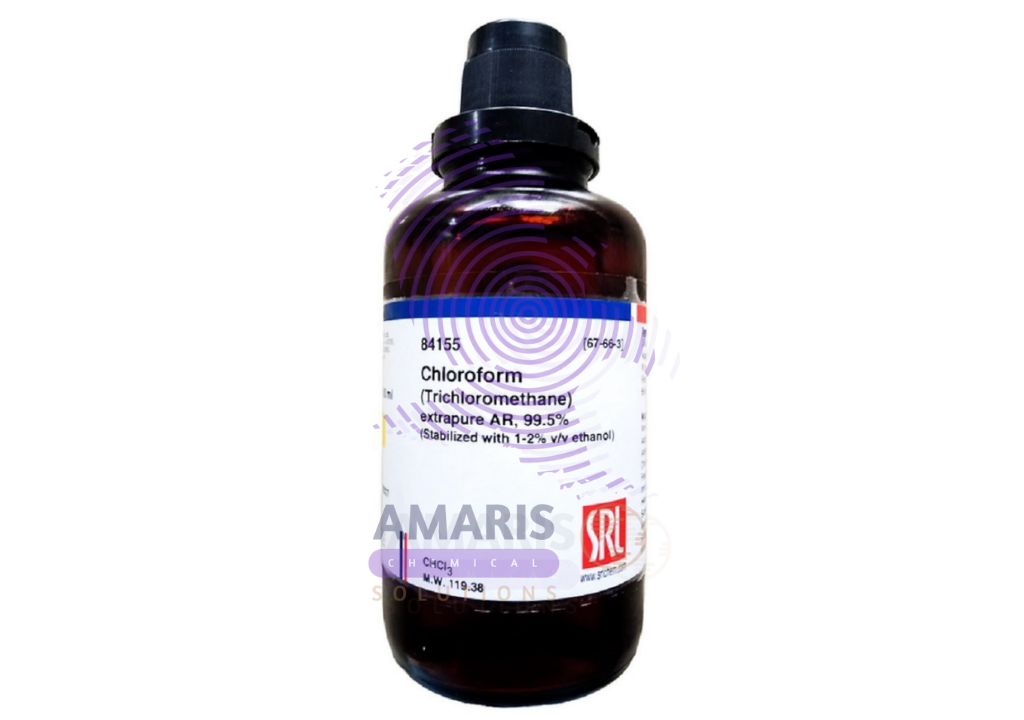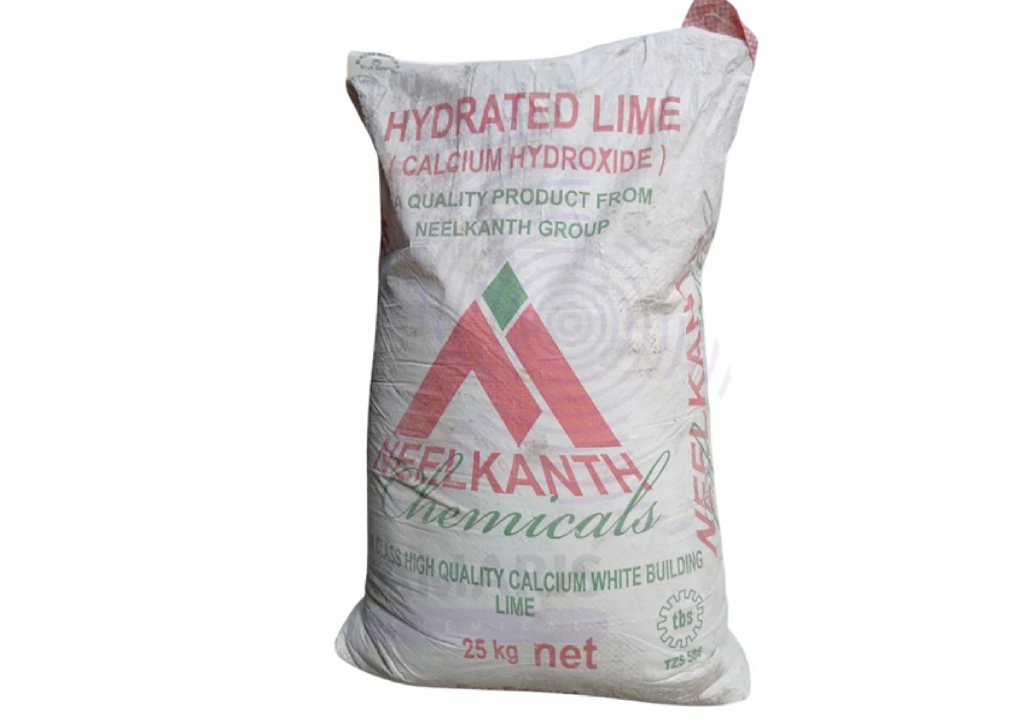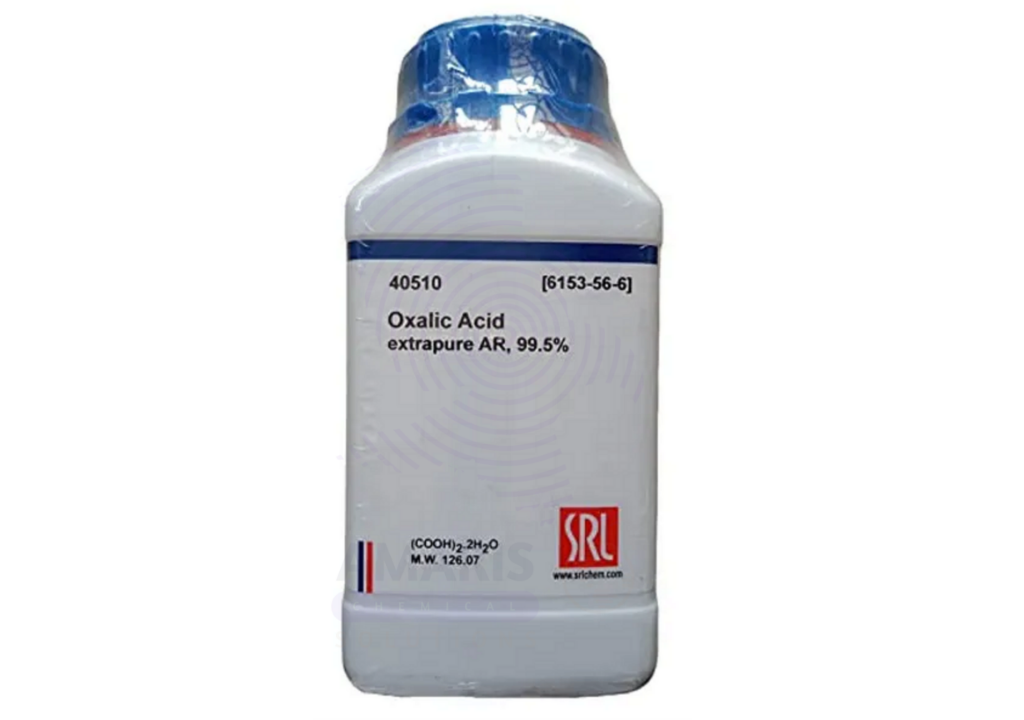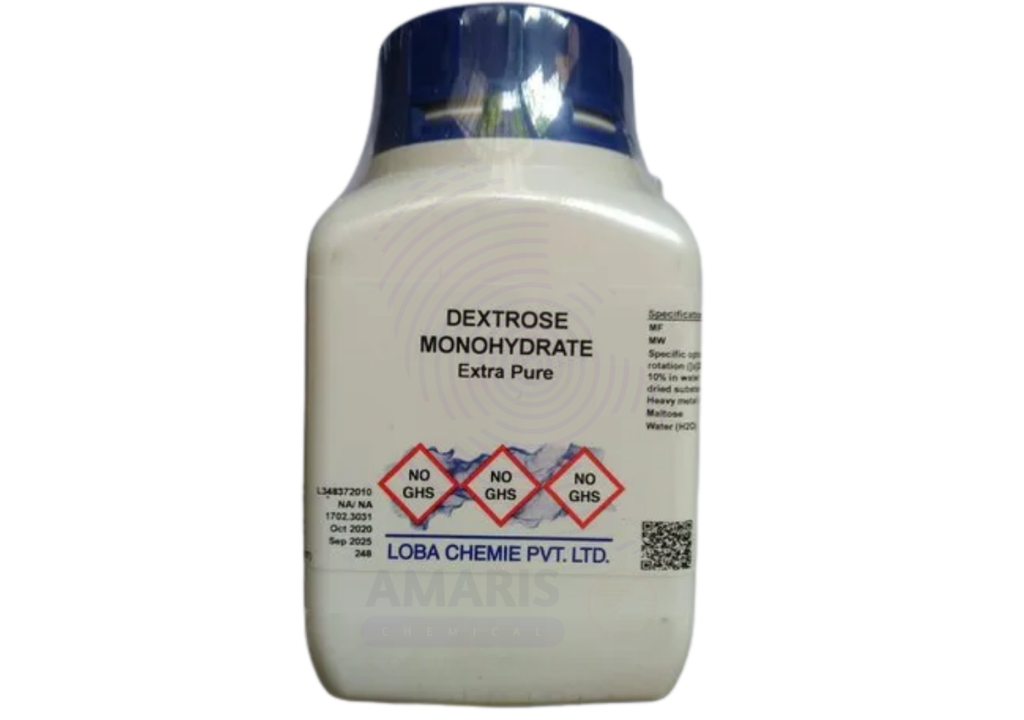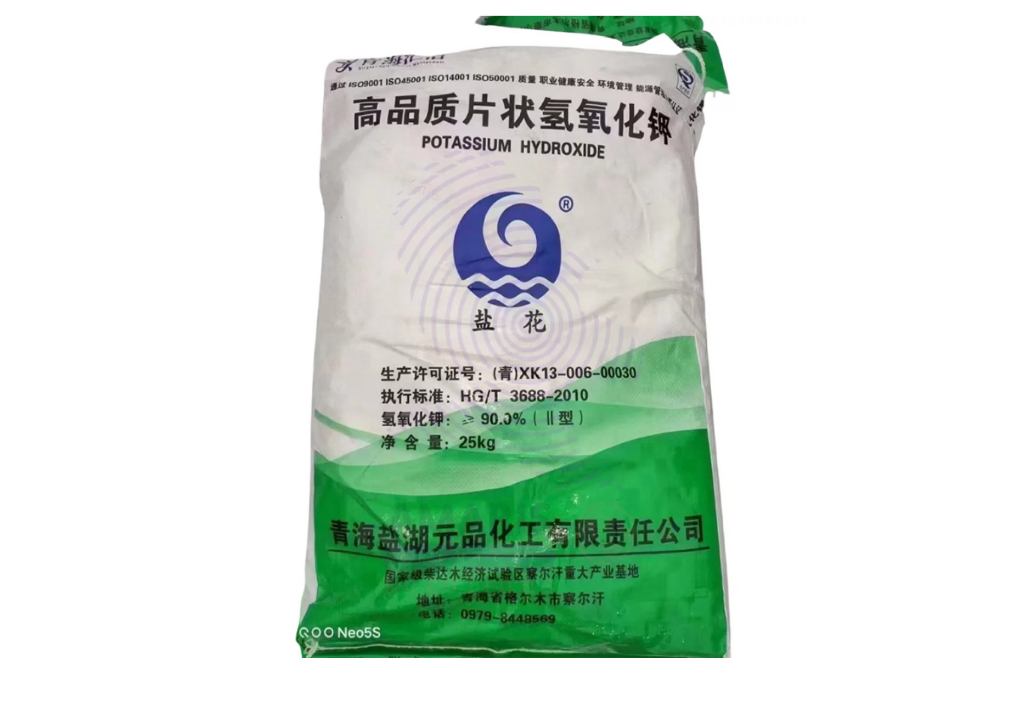Unlocking The Power Of Ammonium Hydrogen Carbonate Extra Pure: A Hidden Gem In Chemistry And Industry
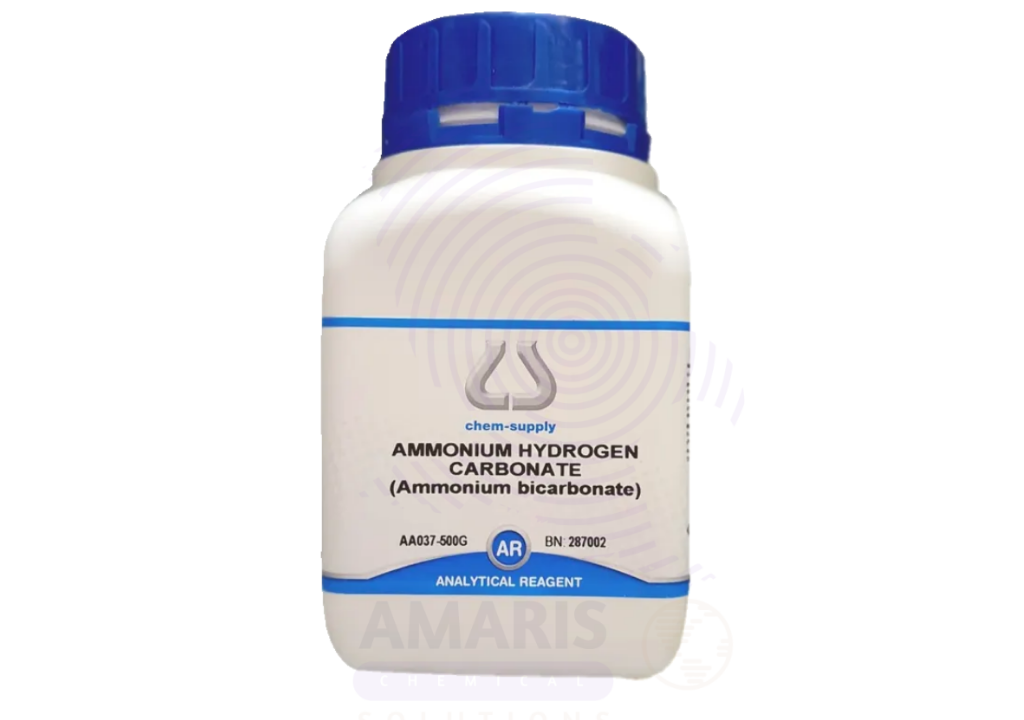
Ammonium Hydrogen Carbonate Extra Pure, also known as ammonium bicarbonate (NH₄HCO₃), may sound like a mouthful, but it’s one of those quiet contributors in both the chemical and food industries. This white crystalline powder has a long history of use, especially as a leavening agent, and today it continues to play diverse roles in laboratory work, food processing, and industrial manufacturing. Its unique chemical properties and decomposition behavior make it a versatile and safe compound when used correctly.
Let’s delve into the fascinating world of Ammonium Hydrogen Carbonate Extra Pure — what it is, how it works, and why it matters.
What Is Ammonium Hydrogen Carbonate Extra Pure?
Ammonium Hydrogen Carbonate is an inorganic compound composed of ammonium, hydrogen, and carbonate ions. The “Extra Pure” designation means it’s refined to the highest standard, ensuring that it contains minimal impurities. This makes it especially suitable for laboratory and analytical use, where precision and consistency are paramount.
At room temperature, it’s a stable white powder with a slightly ammonia-like odor. However, when heated, it decomposes into carbon dioxide (CO₂), ammonia (NH₃), and water (H₂O) — a process that gives this compound many of its practical applications.
Key Properties:
- Chemical formula: NH₄HCO₃
- Molar mass: 79.06 g/mol
- Solubility: Soluble in water, insoluble in alcohol
- pH (in solution): Slightly basic
- Decomposes: At temperatures above 36°C, making it unsuitable for high-temperature baking
Common Applications
1. Food Industry:
One of the most well-known uses of ammonium hydrogen carbonate is as a leavening agent in baked goods. Known in the culinary world as “baker’s ammonia,” it was commonly used before the advent of modern baking powder. It’s still favored today for producing crisp textures in low-moisture products like cookies and crackers.
Because it decomposes entirely into gases without leaving any residual taste or alkalinity, it’s perfect for recipes that don’t involve high moisture content. However, it’s not typically used in cakes or breads due to its strong ammonia odor unless that odor can be completely baked off.
2. Pharmaceuticals and Laboratories:
In labs, the Extra Pure grade of this chemical is employed in buffer solutions, volumetric analysis, and calibration standards. Its predictable decomposition also makes it a suitable component in various chemical syntheses.
3. Fertilizer Industry:
Although not as common today, ammonium bicarbonate is occasionally used as a nitrogen source in fertilizers. However, due to its instability under warm storage conditions, it’s less favored compared to urea or ammonium sulfate.
4. Textile and Leather Industries:
In dyeing and tanning processes, ammonium hydrogen carbonate can act as a pH buffer and stabilizer, helping to control the chemical environment during treatment.
5. Fire Extinguishers and Fireproofing:
Its ability to release CO₂ and ammonia makes it suitable for some fire-extinguishing formulations. The gas release helps smother flames while being relatively non-toxic.
Handling and Safety
While generally regarded as safe (GRAS) in food applications, proper handling is important:
- Avoid inhalation: The decomposition of the compound releases ammonia, which can irritate the respiratory system.
- Store in cool, dry places: Exposure to moisture or heat can lead to premature decomposition.
- Use appropriate PPE: Gloves, goggles, and lab coats should be worn when handling large or industrial quantities.
Environmental Impact
One of the appealing features of ammonium hydrogen carbonate is its environmentally friendly profile. It decomposes into naturally occurring gases, making it biodegradable and non-polluting under controlled use.
Final Thoughts
Ammonium Hydrogen Carbonate Extra Pure might not get as much attention as other industrial chemicals, but its importance in the world of food, laboratory science, and manufacturing cannot be overstated. Its clean decomposition, non-toxic nature, and effectiveness in specific applications make it a quietly essential compound.
Whether you’re baking crunchy cookies, preparing chemical reagents, or processing textiles, chances are this humble white powder has made your task a little easier — even if you never realized it.


 Preservatives(food)
Preservatives(food) Flavor Enhancers
Flavor Enhancers Acidulants
Acidulants Sweeteners
Sweeteners Antioxidants
Antioxidants Colorants(food)
Colorants(food) Nutraceutical Ingredients (food)
Nutraceutical Ingredients (food) Nutrient Supplements
Nutrient Supplements Emulsifiers
Emulsifiers
 Collectors
Collectors Dust Suppressants
Dust Suppressants Explosives and Blasting Agents
Explosives and Blasting Agents Flocculants and Coagulants
Flocculants and Coagulants Frothers
Frothers Leaching Agents
Leaching Agents pH Modifiers
pH Modifiers Precious Metal Extraction Agents
Precious Metal Extraction Agents
 Antioxidants(plastic)
Antioxidants(plastic) Colorants (Pigments, Dyes)
Colorants (Pigments, Dyes) Fillers and Reinforcements
Fillers and Reinforcements Flame Retardants
Flame Retardants Monomers
Monomers Plasticizers
Plasticizers Polymerization Initiators
Polymerization Initiators Stabilizers (UV, Heat)
Stabilizers (UV, Heat)
 Antifoaming Agents
Antifoaming Agents Chelating Agents
Chelating Agents Coagulants and Flocculants
Coagulants and Flocculants Corrosion Inhibitors
Corrosion Inhibitors Disinfectants and Biocides
Disinfectants and Biocides Oxidizing Agents
Oxidizing Agents pH Adjusters
pH Adjusters Scale Inhibitors( water)
Scale Inhibitors( water)
 Antioxidants(cosmetic)
Antioxidants(cosmetic) Emollients
Emollients Fragrances and Essential Oils
Fragrances and Essential Oils Humectants
Humectants Preservatives
Preservatives Surfactants(cosmetic)
Surfactants(cosmetic) Thickeners
Thickeners UV Filters
UV Filters
 Fertilizers
Fertilizers Soil Conditioners
Soil Conditioners Plant Growth Regulators
Plant Growth Regulators Animal Feed Additives
Animal Feed Additives Biostimulants
Biostimulants Pesticides (Herbicides, Insecticides, Fungicides)
Pesticides (Herbicides, Insecticides, Fungicides)
 Active Pharmaceutical Ingredients (APIs)
Active Pharmaceutical Ingredients (APIs) Excipients
Excipients Solvents(pharmaceutical)
Solvents(pharmaceutical) Antibiotics
Antibiotics Antiseptics and Disinfectants
Antiseptics and Disinfectants Vaccine Adjuvants
Vaccine Adjuvants Nutraceutical Ingredients (pharmaceutical)
Nutraceutical Ingredients (pharmaceutical) Analgesics & Antipyretics
Analgesics & Antipyretics
 Analytical Reagents
Analytical Reagents Solvents(lab)
Solvents(lab) Chromatography Chemicals
Chromatography Chemicals Spectroscopy Reagents
Spectroscopy Reagents microbiology-and-cell-culture-reagents
microbiology-and-cell-culture-reagents Molecular Biology Reagents
Molecular Biology Reagents Biochemical Reagents
Biochemical Reagents Inorganic and Organic Standards
Inorganic and Organic Standards Laboratory Safety Chemicals
Laboratory Safety Chemicals Specialty Laboratory Chemicals(Special Laboratory Equipment)
Specialty Laboratory Chemicals(Special Laboratory Equipment)
 Demulsifiers
Demulsifiers Hydraulic Fracturing Fluids
Hydraulic Fracturing Fluids Scale Inhibitors(oil)
Scale Inhibitors(oil) Surfactants(oil)
Surfactants(oil) Drilling Fluids
Drilling Fluids
 Dyes and Pigments
Dyes and Pigments Bleaching Agents
Bleaching Agents Softening Agents
Softening Agents Finishing Agents
Finishing Agents Antistatic Agents
Antistatic Agents
 Admixtures
Admixtures Waterproofing Agents
Waterproofing Agents Sealants and Adhesives
Sealants and Adhesives Curing Compounds
Curing Compounds Concrete Repair Chemicals
Concrete Repair Chemicals Anti-Corrosion Coatings
Anti-Corrosion Coatings
 Surfactants(cleaning)
Surfactants(cleaning) Builders
Builders Enzymes
Enzymes Solvents (Cleaning)
Solvents (Cleaning) Fragrances
Fragrances
 Electronic Chemicals
Electronic Chemicals Catalysts
Catalysts Lubricants
Lubricants Photographic Chemicals
Photographic Chemicals Refrigerants
Refrigerants Automotive chemicals
Automotive chemicals Pyrotechnic Chemicals
Pyrotechnic Chemicals
 Biodegradable Surfactants
Biodegradable Surfactants Bio-based Solvents
Bio-based Solvents Renewable Polymers
Renewable Polymers Carbon Capture Chemicals
Carbon Capture Chemicals Wastewater Treatment Chemicals
Wastewater Treatment Chemicals
 Pigments
Pigments Solvents(paint)
Solvents(paint) Specialty Coatings
Specialty Coatings Binders/Resins
Binders/Resins Additives
Additives Driers
Driers Anti-Corrosion Agents
Anti-Corrosion Agents Functional Coatings
Functional Coatings Application-Specific Coatings
Application-Specific Coatings
 Fresh Herbs
Fresh Herbs Ground Spices
Ground Spices Whole Spices
Whole Spices Spice Blends
Spice Blends Dried Herbs
Dried Herbs
 Leavening Agents
Leavening Agents Dough Conditioners
Dough Conditioners Flour Treatments
Flour Treatments Fat Replacers
Fat Replacers Decoratives
Decoratives Preservatives(baking)
Preservatives(baking)
 Plasticizers & Softeners
Plasticizers & Softeners Reinforcing Agents
Reinforcing Agents Adhesion Promoters
Adhesion Promoters Vulcanizing Agents
Vulcanizing Agents Antidegradants
Antidegradants Blowing Agents
Blowing Agents Fillers & Extenders
Fillers & Extenders Accelerators & Retarders
Accelerators & Retarders